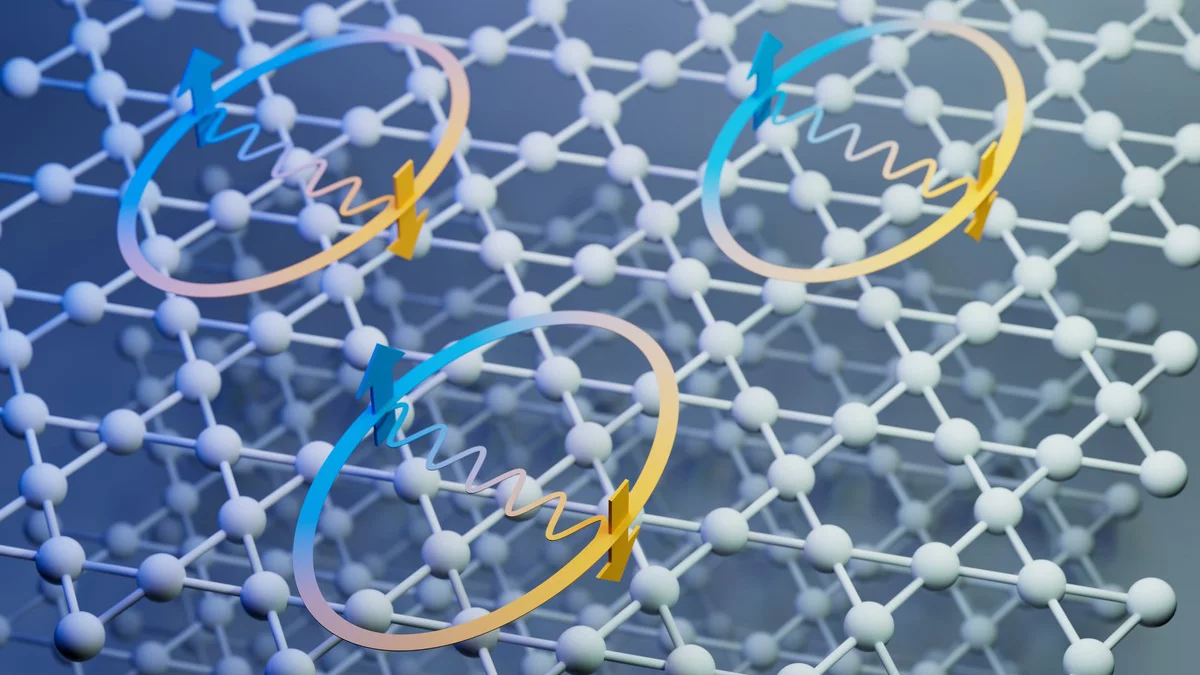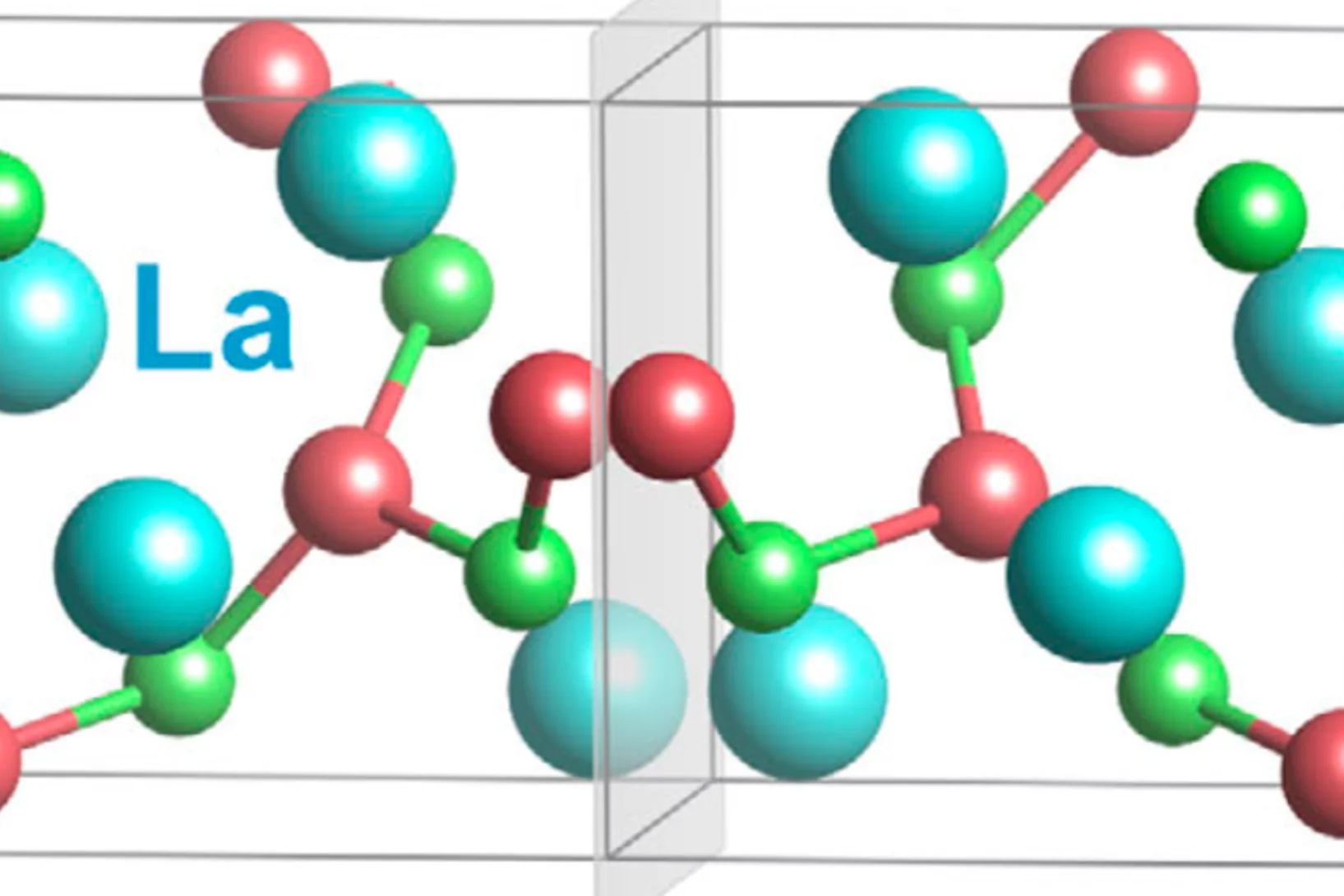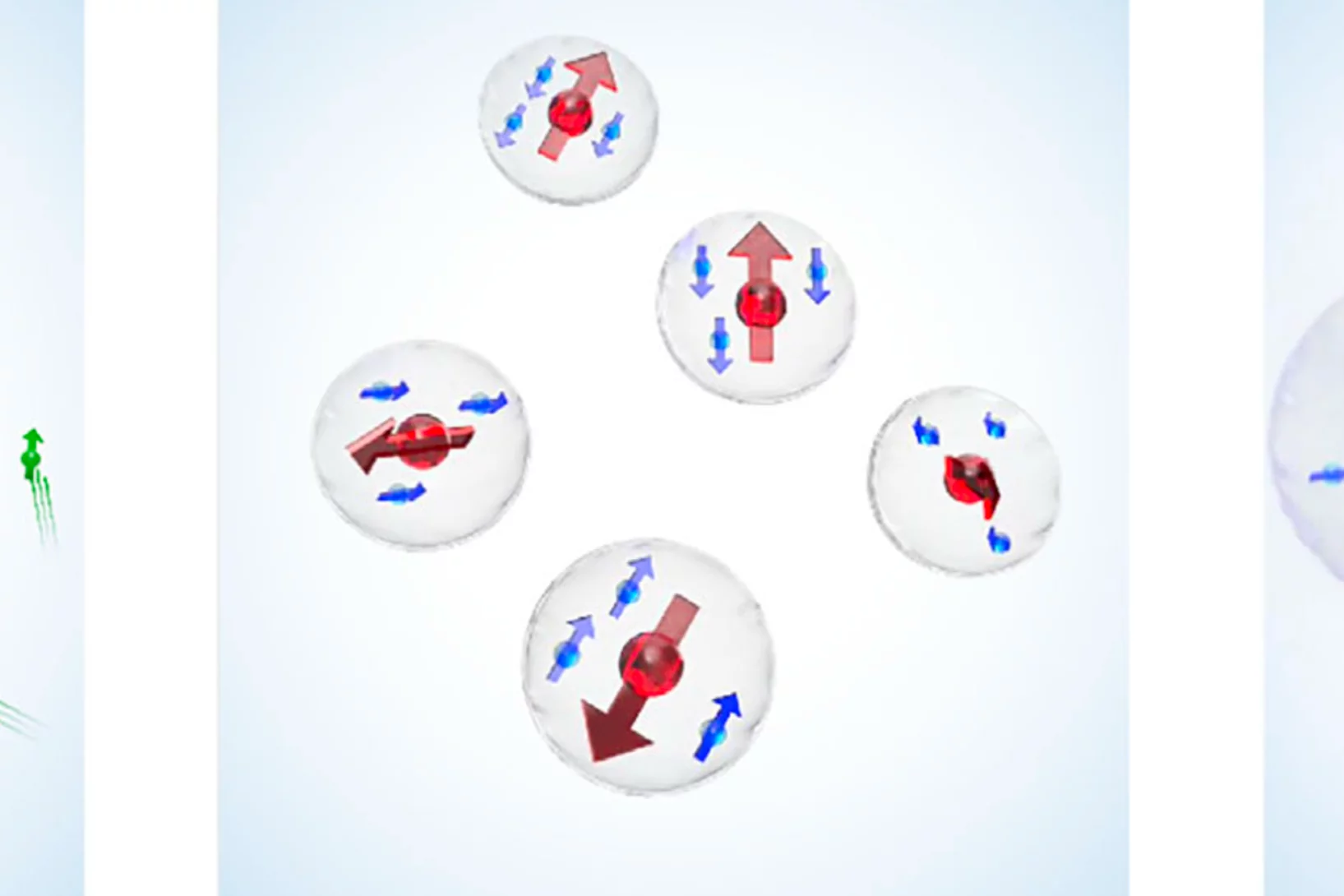The PSI Laboratory for Muon Spin Spectroscopy uses the fundamental particles from the Swiss Muon Source SµS to investigate matter and materials.
Call for Proposals
Next Deadline: Call 1/2026 December 01, 2025.
- The 1st call (1/2026) for the year 2026 is now open.
- Note: Allocation period for call 1/2026: June 2026 - September 2026.
- Note: Allocation period for call 2/2026: September 2026 - November/December 2026.
- Experiment schedules
The technique "µSR" - Muon Spin Rotation, Relaxation or Resonance
A research tool using muons as sensitive local magnetic probes in matter.
Worldwide unique instruments:
The Low-Energy Muon (LEM) beam and µSR Spectrometer for the study of thin films, layers and surfaces;
the high-field instrument (HAL-9500) equipped with specially designed detectors to perform studies in fields up to 9.5 Tesla and at very low temperatures;
and the combination of very-high pressures (up to 2.8 GPa) combined with sub-Kelvin temperatures (GPD).
Lab News & Scientific Highlights
Discovery of Nodal-Line Superconductivity in Chiral Crystals
Chiral crystals, whose key feature is the structural handedness, host exotic quantum phenomena driven by the interplay of band topology, spin-orbit coupling (SOC), and electronic correlations. Due to the limited availability of suitable chiral-crystal materials, their unconventional superconductivity (SC) remains largely unexplored.
Here, the discovery ...
Ferroaxial density wave from intertwined charge and orbital order in rare-earth tritellurides
The discovery of the axial amplitude mode—commonly referred to as the Higgs mode—in charge density wave systems, such as rare-earth tritellurides, indicates the presence of a hidden order. A theoretical study proposed that this axial Higgs mode arises from a hidden orbital texture of the charge density wave, which produces a ferroaxial charge order.
However, experimental evidence ...
Observation of Magnetic Pseudogap Behavior in Phosphorus-Doped Silicon
The recent discovery of a Kondo condensate in phosphorus-doped silicon (Si:P) presents its significant potential for achieving novel many-body quantum states. Si:P exhibits Kondo condensation, characterized by an energy gap in the electronic density of states, while the precise nature of its magnetic state has yet to be determined.
Here, we utilize ...



